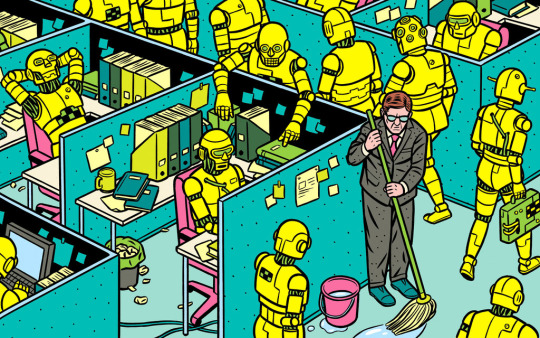I have a friend who often tells me that “it’s all about
perception” - not truth. And another, sadly no more, who once said:“Rob, you
know a lot about marketing, why don’t you write books that people want to read
rather than the books you want to write?”
I have been interviewed twice in this very young year about
my book, Spread Spectrum: Hedy Lamarr and the mobile phone, and both interviews
touched obliquely on truth and perception.
The first interview was with a US based radio station called
The Kim Komando Show. Which is “a
nationally syndicated radio show in the United States that focuses on technology”.
The second was with two schoolboys.
The first was, I think, a disappointment for the
interviewers. They are making a programme about Hedy Lamarr’s “contributions to
WiFi and Satellite technology”. And the problem is that there isn’t any – not really
– but that is not what they want to hear. We started the interview as usual
with “I’ve read your book and it’s very good” followed by a series of questions
which are all answered in the book. That’s fair enough since they want my voice
as the author, or perhaps the authority that implies (something that gives me
some difficulties since it is now ten years since I wrote the book).
As the interview
proceeded it became clear that my interviewer had not read the book. That too
is fair enough since they are busy people. So I explained that Hedy and George
Antheil’s patent (there were two names on it – George was a piano player) describes
a particular implementation of frequency hopping in securely steering a
torpedo. They did not invent the core technology of frequency hopping, there
were earlier patents covering that. The next question was where is ‘Hedy’s
technology’ used today. I replied that frequency hopping is used in some
cordless phones and in Bluetooth.
This particular interviewer then asked the cruncher, “If
Hedy had not taken out the patent in 1942 would Bluetooth exist nowadays?”
And my answer was a disappointment for him, “Yes, it would”.
Oh, oh. Wrong answer. Perception destroying.
Now, if he had asked me if the 1942 patent contributed
anything to the advance of technology, my answer would also be yes. The idea of
jumping between frequencies is likely to occur to many people who are thinking
about secret communications or sending signals in a noisy environment, but you
still have to figure out how to do it. Hedy and George’s implementation is
entirely out of date now; it is electro-mechanical whereas Bluetooth is
entirely electronic and mostly digital. But the patent is a neat implementation
for its time and solves the difficult challenge of synchronising the ship and
torpedo systems in a clever way.
So yes, there’s little doubt that the patent moved things on
a little. One man who did actually build a frequency hopping system in later
years told me that he took the idea from the then expired patent. And Hedy, and
to a much less publicised extent George, certainly did add a touch of glamour
to a rather grey area.
Oh, and by the way, I told the interviewer, the detail of
the patent was drafted by Samuel Stuart MacKeown, an assistant professor at
Cal-Tech: neither Hedy nor George would have had the technical knowledge to do
it. And the idea itself was probably stolen from Hedy’s ex-husband, Mandl, the
arms dealer. Oh, oh – more perception destroying.
The other interview was over Skype and involved two
delightful eleven-year-old boys from Laurel Elementary School in Brea,
California who are working on a National History Day project about Hedy Lamarr.
That interview was harder and much more enjoyable. They had read a lot of my
book and their questions were (probably with some help from their teacher) more
searching. However, their starting perspective was that Hedy had invented some
serious technology which has had a fundamental on our lives today, so I felt a little
cruel in gently telling them the truth. I also told them that Alexander Graham
Bell was not the first to invent the telephone and that Harry Potter was not a
real person – no, not that last one, that might be going too far. I certainly hope
that I did not disappoint the two lads too much and who knows, their project
might start them on a career in telecommunications one day.
There are more successful books than my one about Hedy
Lamarr and the patent. I have not read them of course, but I am pretty sure
that they do not contain the facts that I have briefly outlined here and am also
sure that at least one of them is much more successful than mine, and probably
perceived as more authoritative.
I’m going to finish this blog with a perception, it’s taken
from an Amazon.com review of my book in which the reviewer, to my utmost
delight, describes the book that I did intend to write. A book that is more
about the truth as far as I could unearth it rather than perception filtered
through desire.
“If you're looking for a biography of Hedy Lamarr, there may
be better but this is good. If you're looking for a biography of George
Antheil, there may be better but this is good. If you're looking for the
history of radio with an emphasis on spread spectrum, this is very good. And if
you're looking for a book that weaves all three together you've come to exactly
the right place.”




